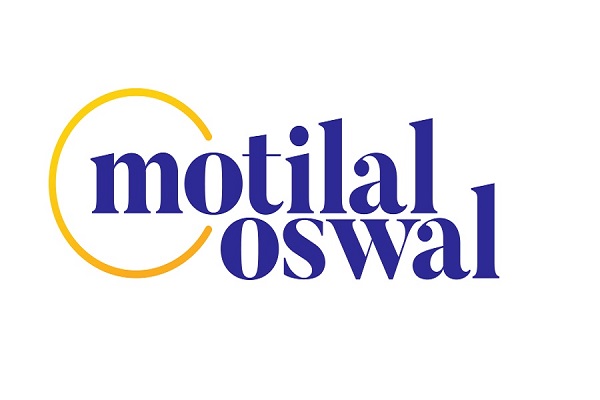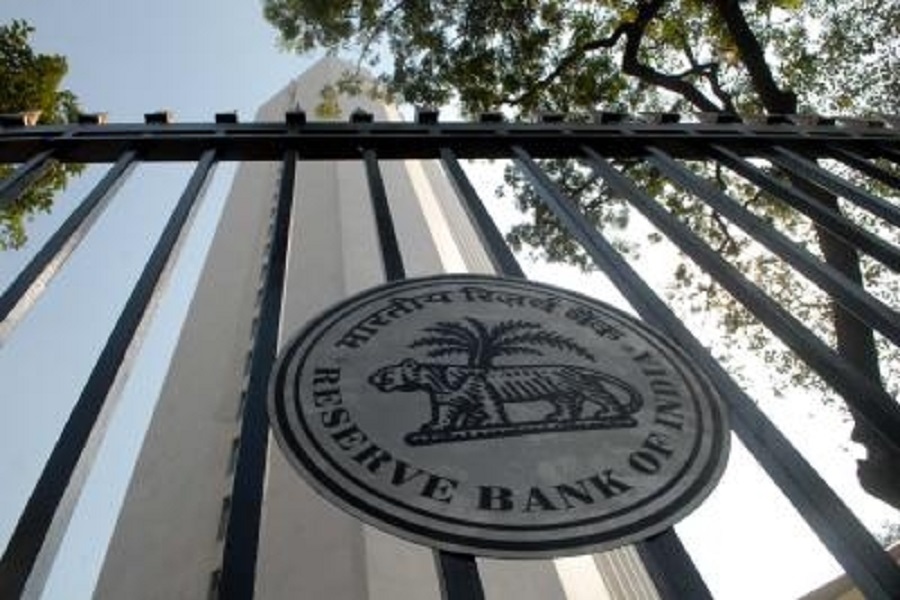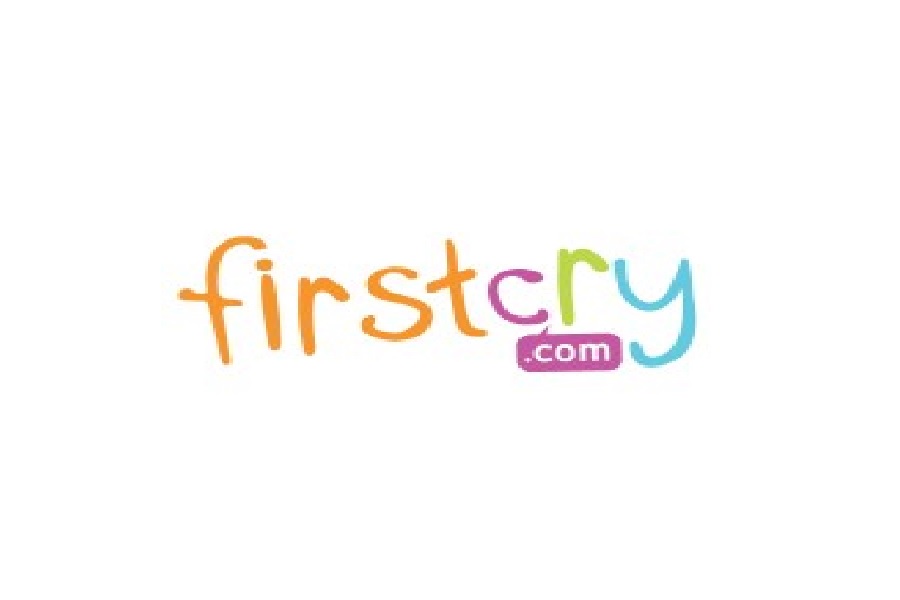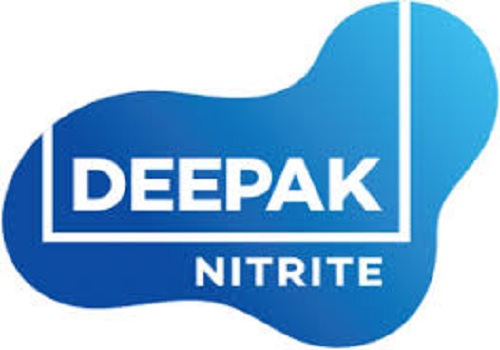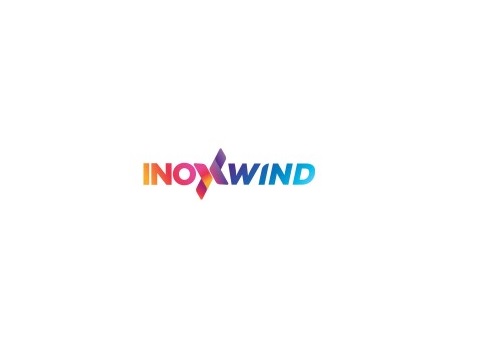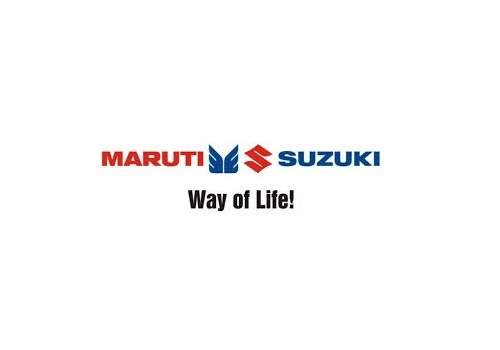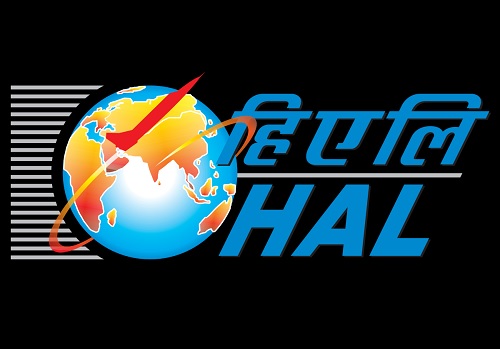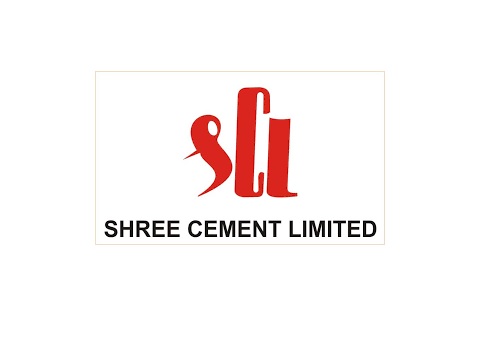Neutral Swiggy Ltd For Target Rs. 475 By Emkay Global Financial Services Ltd
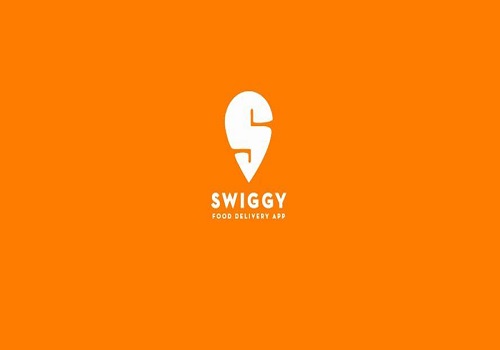
“Quick” commerce, delayed gratification
Swiggy’s innovator DNA crucial to its success, but it needs better execution to catch up to its rivals
* Swiggy’s unified platform has become essential for urban consumers, covering everything from food delivery to grocery needs in one app. Leveraging a unique blend of convenience, high-frequency offerings, and user stickiness, Swiggy stands out in the competitive landscape. While Zomato currently holds the lead in food delivery and quick commerce businesses, Swiggy’s all-in-one app strategy enables strong cross-utilization across services and better operational efficiency.
* We believe quick commerce is a once-in-a-lifetime opportunity to disrupt how Indian consumers shop for not just groceries but a variety of essential and nonessential goods, and Swiggy could be a top 3 player in an exponentially growing market. Current numbers, however, suggest that despite being an innovator and a category inventor across both food delivery and quick commerce, Swiggy has let its leadership slip away. Tight execution and better leveraging its platform can fix these issues, in our opinion, though.
* Overall, Swiggy is well-positioned to capitalize on this growth by expanding its customer base, increasing the order volumes and values, and improving its unit economics and profitability. We initiate coverage with a NEUTRAL rating and a TP of INR475.
A key player in the quick commerce ‘battle royale’
* We believe the quick commerce revolution could be one of the most significant innovations of the 21st century in India and will pave the way for organized retail in the country.
* Due to the peculiar characteristics of the Indian consumer and the Indian topography, Q-commerce offers the perfect balance between the highly cost-effective but impractical modern retail and the low-quality, high-priced approach of Kirana stores.
* Quick commerce is not just disrupting groceries but is also knocking at the door of e-commerce, electronics, and a whole range of other categories.
* We believe Swiggy will be one of the key players to participate in this ‘battleroyale’. It may not necessarily emerge as the No. 1 player, but we expect it to be one of the top three players in this industry, and this could be quite rewarding considering the size of the Q-commerce opportunity.
Profits: Delivered in time for food; could be slower for Q-commerce
* Swiggy’s food delivery business has achieved stable unit economics, and we expect margins in this business to improve gradually.
* We expect contribution margins for the FD business to improve from 6.4% currently (vs. 7.6% for Zomato) to 9.0% in FY28 (8.7% for Zomato).
* Zomato profitability trends: Before its IPO, Zomato’s food delivery business had a contribution margin of -11.2% in FY20, which has improved to 6.9% by FY24. This increase in profitability can be attributed to higher commission (platform fees) and reduced variable costs. Additionally, the adjusted EBITDA in FY20 was -20.5%, and it has now turned positive, reaching 2.8% in FY24.
* Swiggy’s food delivery business model is now established, and similar to Zomato, we expect only a gradual, but continual, improvement in profitability for Swiggy over the medium to long term.
* The gap between Instamart and Blinkit, however, is enormous: Instamart’s 3.2% contribution margin pales in comparison to ~4% for Blinkit.
* On a closer analysis, however, the gap is entirely attributable to: 1) lower AOVs, and 2) lower take rates. On mid-mile and last mile variable costs, Instamart is, strikingly, better than Blinkit.
* This is encouraging: Swiggy’s unified platform should allow it to mine its customers better and extract higher AOVs for its Instamart business. Further, it needs to monetize this platform better for ad-sales and other value-added services for FMCG brands.
* We expect fixed costs to remain elevated as it invests in opening more dark stores.
Swiggy’s unified app strategy differentiates it from competition
* Swiggy stands out as India’s only unified app that seamlessly supports urban users’ food-related needs, from ordering in and dining out to cooking at home— all through a single platform.
* Swiggy’s approach of an integrated app offering vs. Zomato’s multi-app approach (both at the back and the front end) helps it innovate faster (Instamart was born out of a similar synergy).
* We believe that the combined effects of a unified approach and its highfrequency offerings maximize cross-utilization of its user base across multiple services, promoting user stickiness. This strategy also supports the efficient and cost-effective rollout of adjacent services and new offerings.
* Admittedly, the concept of a super app has not been as successful in India as it has been in China; however, Swiggy is one of the few names to have bucked the trend.
Swiggy vs. Zomato: Currently second best, but the battle has just begun
* A cursory glance through the numbers below indicates Zomato now has market leadership across food delivery and quick commerce, the two key battleground areas for the players.
* While Zomato is undeniably Primus inter pares, the war for the wallet share of the urban affluent consumer has just begun, and it is too early to call off the game. Zomato has continued to gain market share in food delivery, but based on GOV/MTU, Swiggy’s cohorts appear more mature and stickier.
* In quick commerce, despite Swiggy’s Instamart inventing the category, Blinkit has taken an early lead, and Zepto continues to execute well.
* The market is nascent; however, enough avenues exist to differentiate on SKUs and strategy, making it too early to declare winners (or losers).
Key financial assumptions
* For Swiggy’s food delivery business, we expect the GOV to clock 22.6%/27.9%/19.4% YoY growth over FY25E/FY26E/FY27E. The food delivery business is expected to clock an contribution margin of 6.8%/7.6%/8.5%over FY25E/FY26E/FY27E. Adj. EBITDA margin will turn positive at around 1.0%/2.4%/3.7% during FY25E/FY26E/FY27E from -0.2% in FY24.
* Quick commerce GOV is expected to generate strong growth of 64.5%/67.1%/56.0%during FY25E/FY26E/FY27E.
* Quick commerce is expected to reach a positive contribution margin, with an average margin of 2.7% projected from FY25 to FY29.
* The average adjusted EBITDA margin will improve, though it will remain slightly negative at -7.5/-3.0%/-0.9% for FY25E/FY26E/FY27E.
* Overall, Swiggy reported a PAT margin of -20.9% (loss of INR23.5b) in FY24. We expect it to turn profitable by FY27, with a PAT margin of 1.9%.
Innovator DNA crucial to success, but execution key; initiate with NEUTRAL
* We believe the quick commerce revolution could be one of the most significant innovations of the 21st century in India and will pave the way for organized retail in the country. Food delivery could yet go through a similar, if milder, S curve as consumption habits change with economic growth.
* Swiggy’s, through its innovation DNA, has played a pivotal role in both food delivery and quick commerce, effectively inventing these categories and leading the way.
* That said, it has let its lead slip in food delivery and is currently behind its key rival Blinkit in quick commerce on both GOV growth and profitability. While the quick commerce race is just getting started, Swiggy’s re-rating depends on accelerating GOV growth, increasing AOVs, and improving execution in the quick commerce business. ? We expect food delivery orders to grow at 12.3% annually, with an AOV growth of 1.7%, leading to a GOV growth of 14.2% over FY24-37E (21% GOV CAGR over FY24-29E). Quick commerce is expected to grow faster, with orders increasing at 22.3% annually, AOV growth at 3.3%, and GOV growth at 26.3% (55% GOV CAGR over FY24-29E).
* We value the business using DCF methodology for food delivery, quick commerce, supply chain, and distribution, assuming WACC of 12.5% and a terminal growth rate of 6.5%. Additionally, we value the out-of-home consumption segment at 1x EV/GMV. Our DCF yields a TP of INR475 (which implies a FY27E EV/Sales of 4.1x Vs Zomato’s FY27E EV/Sales of 5.5x), and we initiate coverage with a NEUTRAL rating on the stock.
* Key downside risks: 1) Inefficient management or being unable to scale dark stores as planned may impact quick commerce profitability; 2) high user retention and acquisition costs; 3) limited ability to expand margins in food delivery and quick commerce businesses, which could delay valuation re-rating; and 4) intense competition in food delivery, quick commerce, and out-of-home sectors, which challenges its market position.
* Key catalysts for a rating upgrade: 1) higher AOVs in quick commerce coupled with higher GOV growth, leading to market share gains; 2) improving take rates in quick commerce; and 3) faster-than-expected GOV growth in food delivery.
For More Emkay Global Financial Services Ltd Disclaimer http://www.emkayglobal.com/Uploads/disclaimer.pdf & SEBI Registration number is INH000000354
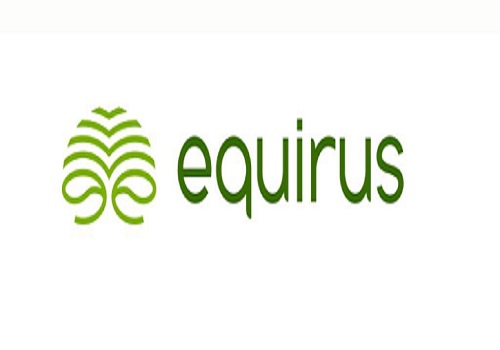

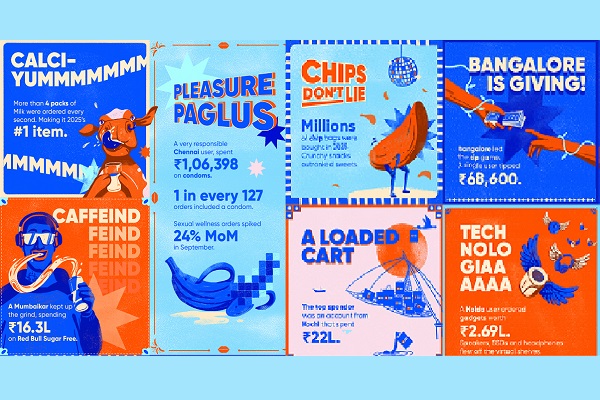

.jpg)


